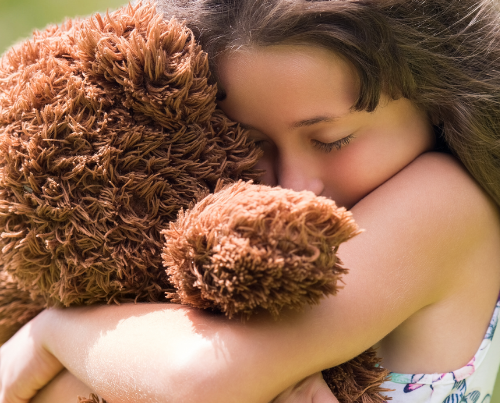Preventing Child Abuse starts with learning and sharing.
The Indiana Child Abuse and Neglect Hotline, 1-800-800-5556, is available 24 hours a day, 7 days a week, 365 days a year. Reports can be made anonymously.
We’ve been celebrating birth and renewal this month, including new babies born into safety when their mothers are residents at Sheltering Wings. Now we turn to a sadder focus for April: It’s National Child Abuse Prevention Month.
On the surface, child maltreatment reports seemed to have decreased during the pandemic (2021 Indiana KIDS COUNT® Data Book). Take that with a big grain of salt, though; experts fear this may be due to children being home and not in school with people who are mandated by law to report suspicious behaviors. The report says child maltreatment reports are expected to increase once kids go back to a regular in-person school schedule.
Though Indiana has the 15th largest population of children in the country, it ranks 29th for child well-being. Even more disturbingly, our state ranks 48th for child abuse and neglect.
Each of us can help change those statistics. We believe children are locally grown, which means we can work together to cultivate relationships, connections and environments that help every child thrive. It all starts with knowledge.
First, learn about adverse childhood experiences (ACEs).
An adverse childhood experience (ACE) is a form of abuse, neglect, traumatic household disparity or other potentially traumatic event that happens to people young than 18. These are:
- Parent divorce
- Hard to get by on family’s income
- Parent served time in jail
- Child lived with anyone who had a problem with alcohol or drugs
- Child lived with anyone who was mentally ill, suicidal or severely depressed
- Child witnessed domestic violence
- Child was a victim or witness of neighborhood violence
- Parent’s death
- Unfair treatment because of race/ethnicity
Sadly, almost half (47%) of Hoosier children experience one or more ACEs. This is a higher prevalence than their peers nationally in eight of out nine ACEs as measured by the National Survey of Children’s Health. (IYI) Adverse childhood experiences can shape a person’s mental and physical health across their lifetime. As their ACE score increases, so does their risk for chronic health issues, depression, attempted suicide and other lasting negative effects.
Second, pair that knowledge with the 6 protective factors every community can implement.
The 2021/2022 Prevention Resource Guide published by the U.S. Department of Health and Human Services highlights innovative communities working to engage families in abuse prevention by emphasizing their strengths. The HHS focuses on the six protective factors – attributes that reduce the likelihood of child abuse. They are:
- Nurturing and attachment
- Knowledge of parenting and of child and youth development
- Parental resilience
- Social connections
- Concrete supports for parents
- Social and emotional competence of children
Third, seek ways to share data and collaborate.
National Child Abuse Prevention Month points out not just the importance of families and communities working together to prevent child abuse and neglect, but also the many opportunities to do so.
According to the HHS, “Data is the foundation of a public health approach. Robust, integrated, multisystemic data help communities understand the nature and extent of family risk and protective factors, map community assets, effectively direct prevention resources, and monitor the progress and impact of chosen interventions.”
In other words, sharing what we know and the resources we have can dramatically improve children’s lives.
Chapter 4 of the Prevention Resource Guide describes the benefits of collaboration:
“The well-being of children cannot be separated from the well-being of their families and communities. When we support caregivers and other adults in addition to providing services directly to children, we naturally enhance well-being and help prevent child abuse and neglect (along with other poor outcomes). This is often described as taking a ‘two-generation’ or a ‘whole-family’ approach. Two-generation (2Gen) approaches build family well-being by intentionally and simultaneously working with children and the adults in their lives together.”
The moral of this blog post: Take time to learn about child abuse prevention.
To honor the little ones in our community who suffer from maltreatment, Sheltering Wings asks you to take a few minutes to learn what you can do to keep our kids safer and healthier. If you have any questions about what may be abuse or how you can help, please contact us.
Watch for our upcoming blog series on Creating a Trauma-Informed Community!
Photo by Kristin Hardwick, Stocksnap.io
https://stocksnap.io/author/kristinhardwick




